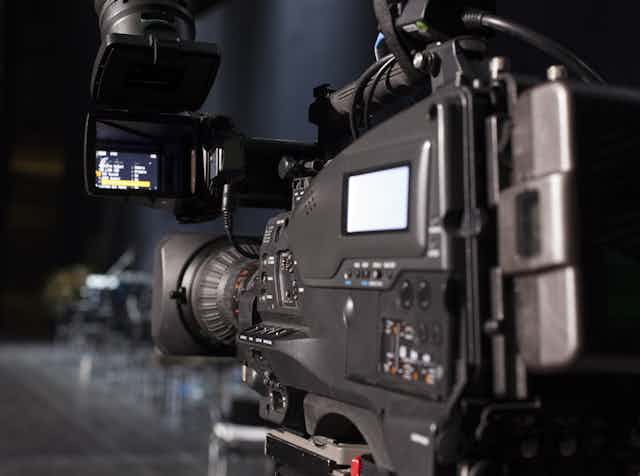New BBC Two drama The People v OJ Simpson, starring John Travolta and Cuba Gooding Jr, is a stark reminder of how cameras in courts can turn a murder trial into a real-life TV soap opera.
A little over 20 years ago, the world was gripped – and watched intently – as every microscopic detail of American superstar OJ Simpson’s prosecution for double murder was played out over 10 months in a Los Angeles court room.
Simpson’s lawyer Robert Shapiro, played by Travolta in the current Monday night series depicting the case, shot to prominence alongside a PR-hungry cast, including fellow defence solicitor Robert Kardashian – the father of the oh-so-famous Kardashian clan we endure today.
The circus that surrounded the media’s proclaimed “trial of the century” set back campaigners’ hopes of filming in English and Welsh crown courts by at least a decade, according to high profile camera supporters such as former lawyer and BBC legal correspondent Joshua Rozenberg.
Meanwhile, staunch opponents of cameras in courts, such as Labour peer Helena Kennedy QC, have used the OJ Simpson trial to show how the TV business would simply chase revenue and ratings by seeking the “salacious and sensational”, rather than improving the public’s understanding of the system.
Either way, it seems the time has come. Last week, justice minister Shailesh Vara announced that cameras will be allowed for the first time in eight crown courts in England and Wales.
Trial by TV?
The pilot scheme will mean that only senior judges’ sentencing remarks can be filmed. Filming of all other court participants, including staff, victims, witnesses, defendants, barristers and solicitors will remain expressly forbidden.
In reality, it’s likely that all this will mean is that TV reporters will be able to cut to a short clip of the judge, rather than reading their key quotes from a notepad in a piece to camera.
But Vara’s hope is also for greater “transparency” as the public will “see and hear the judge’s decision in their own words”. And surely he has a point. As my first local newspaper editor told me as I headed to court for the first time to cover a case as a trainee reporter, “not only must justice be done, it must also be seen to be done”. So why not allow the viewer to see for themselves?

As Michael Mansfield QC also points out, “justice is supposed to be public”. Although anyone can walk into a public gallery at court, he believes “that doesn’t reach a wide enough audience and we’re also subject to the editorial delights of various newspapers as to what they want to report”.
But hang on. Helena Kennedy does make an impassioned and compelling counter-argument. She argues that TV exposure will put off witnesses, discourage victims even if their faces are not on screen, and distort the behaviour of lawyers and judges.
“The public and press galleries enable members of the public, families and friends of those involved, and the media to witness what takes place and ensure fair play,” she says.
“Transparency does not mean the whole country has to see highlights like the goals in a football match. Justice is a very important part of our democracy and we have to handle it with care.”
There is an eloquent case on sides but surely the central question surrounds the level of access? The latest proposal is very limited. Only if the rules are relaxed much further would Kennedy’s fears of voyeurism and TV miscreants running amok become anywhere near a reality.
Of course, cameras in UK courts is actually nothing new. Scottish broadcasters have been allowed to televise courts under restrictions since 1992, but it rarely happens.
And how many of Britain’s 65m citizens will recall that in 2011 then Justice Secretary Ken Clarke allowed judges’ sentencing remarks to be filmed in the appeal courts in England and Wales? Very few, I’d imagine – and that’s precisely because it has not led to the saturated and salacious coverage Kennedy predicts.
It’s fair to say that while we don’t want a repeat of the OJ trial, we should have transparency – and so from here on, it’s going to be about getting the balance just right.

